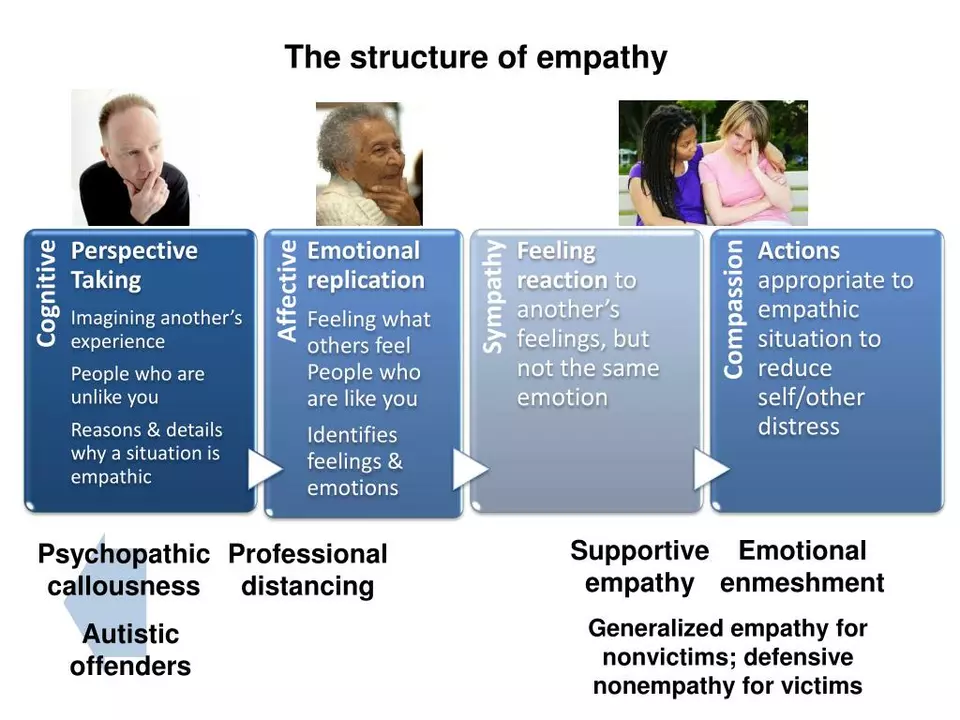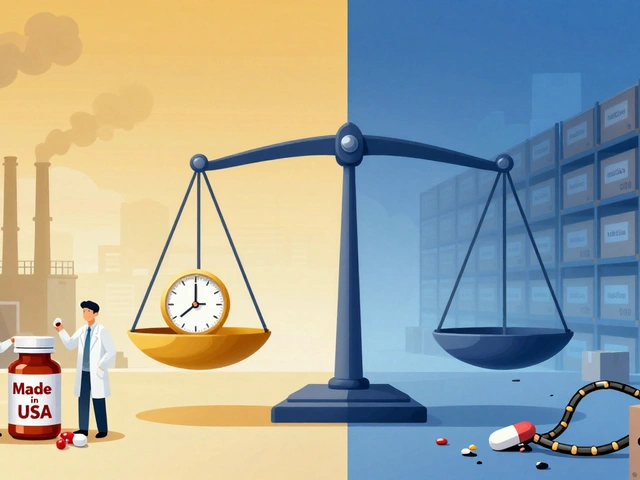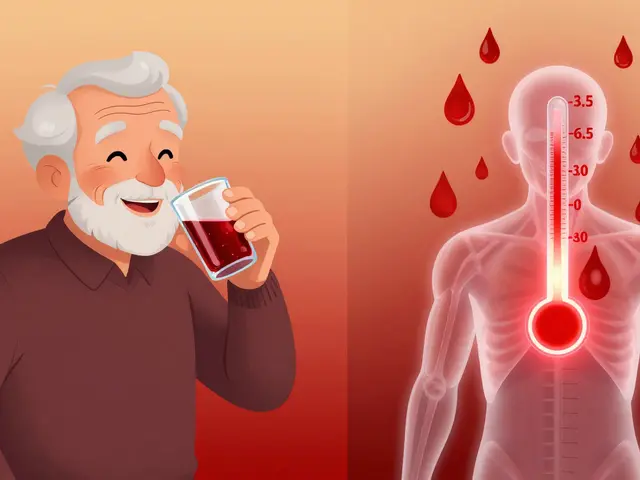Empathy That Helps: Fast, Practical Ways to Connect with Patients
Ever had a patient leave confused even after you explained everything? That gap is usually not knowledge—it's connection. When people feel heard, they follow treatment better, ask clearer questions, and stay safer with medicines. Here are clear, usable ways to show empathy in real pharmacy and clinic moments.
Quick empathy moves you can use now
Start with small habits that change the tone of a conversation. First, slow down and listen more than you talk. Let a person finish a sentence before you respond. Use short reflective phrases like “That sounds frustrating” or “I can see why you’d worry.” Those lines cost nothing but lower defenses fast.
Ask one open question: “What worries you most about this medicine?” Then really listen. When they answer, repeat back a one-sentence summary: “So you’re worried it will make you sleepy.” That teach-back shows you heard them and gives a chance to correct misunderstandings.
Keep language plain. Swap clinical terms for simple words. Instead of “anticoagulant,” say “blood thinner.” Show one concrete next step—“Take this with food at dinner”—so instructions aren’t abstract.
Empathy in tricky talks: meds, costs, and addiction
Some conversations trigger shame or fear: addiction, cost of inhalers, or buying meds online. Start by naming the emotion—“Talking about money is stressful”—then offer choices. For cost issues, say: “Here are three options: a cheaper generic, a coupon site I trust, or a mail-order service that ships every 90 days.” For someone struggling with anxiety or addiction, avoid blame. Use “we” language: “Let’s find a safer plan together.”
When patients are shopping online or asking about sources, especially for controlled meds, be clear and calm. Explain safety signs of legit pharmacies—verified contact info, secure payment, and prescription checks. Offer to review a site with them. That practical help pairs empathy with safety.
Short scripts are useful. Try: “I hear you. This is hard. Here’s what we can try next.” Or for parents of autistic kids facing bullying: “That sounds scary. You’re not alone—let’s list one thing we can do this week.” Scripts lower stress and create action.
Finally, follow up. A quick message—“How did the first dose go?”—shows you care beyond the counter. Empathy isn’t big speeches; it’s small, consistent acts that build trust. Try one tip today and notice how the conversation changes.
In my latest blog post, I explored the fascinating connection between weakness and empathy. I discovered that acknowledging our own weaknesses can actually help us be more empathetic towards others. By recognizing that we all have flaws, we can better understand the struggles and challenges faced by those around us. This in turn allows us to be more compassionate and supportive in our relationships. Ultimately, embracing our weaknesses can lead to stronger, more empathetic connections with others.



